171
Scala Seq
Seq is a trait which represents indexed sequences that are guaranteed immutable. You can access elements by using their indexes. It maintains insertion order of elements.
Sequences support a number of methods to find occurrences of elements or subsequences. It returns a list.
Scala Seq Example
In the following example, we are creating Seq and accessing elements from Seq.
Output:
52 85 1 8 3 2 7 Accessing element by using index 1
You can also access elements in reverse order by using reverse method. Below we have listed some commonly used method and their description.
Commonly used Methods of Seq
| Method | Description |
|---|---|
| def contains[A1 >: A](elem: A1): Boolean | Check whether the given element present in this sequence. |
| def copyToArray(xs: Array[A], start: Int, len: Int): Unit | It copies the seq elements to an array. |
| def endsWith[B](that: GenSeq[B]): Boolean | It tests whether this sequence ends with the given sequence or not. |
| def head: A | It selects the first element of this seq collection. |
| def indexOf(elem: A): Int | It finds index of first occurrence of a value in this immutable sequence. |
| def isEmpty: Boolean | It tests whether this sequence is empty or not. |
| def lastIndexOf(elem: A): Int | It finds index of last occurrence of a value in this immutable sequence. |
| def reverse: Seq[A] | It returns new sequence with elements in reversed order. |
Scala Seq Example
In this example, we have applied some predefined methods of Seq trait.
Output:
52 85 1 8 3 2 7 is Empty: false Ends with (2,7): true contains 8: true last index of 3 : 4 Reverse order of sequence: List(7, 2, 3, 8, 1, 85, 52)
Next TopicScala Vector
